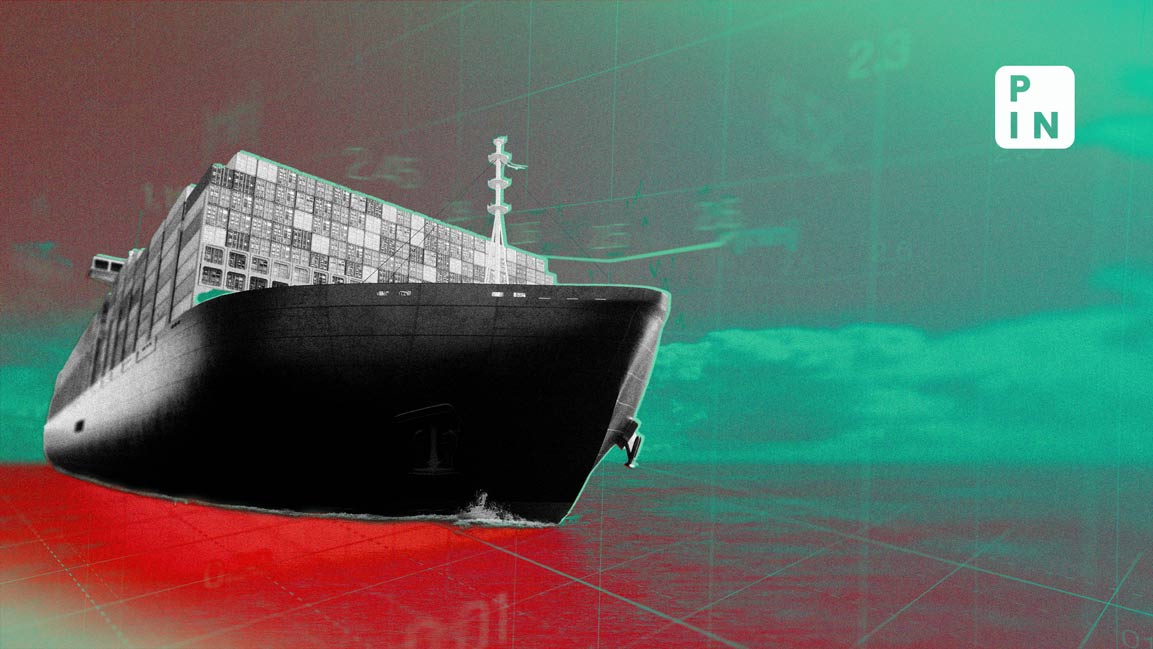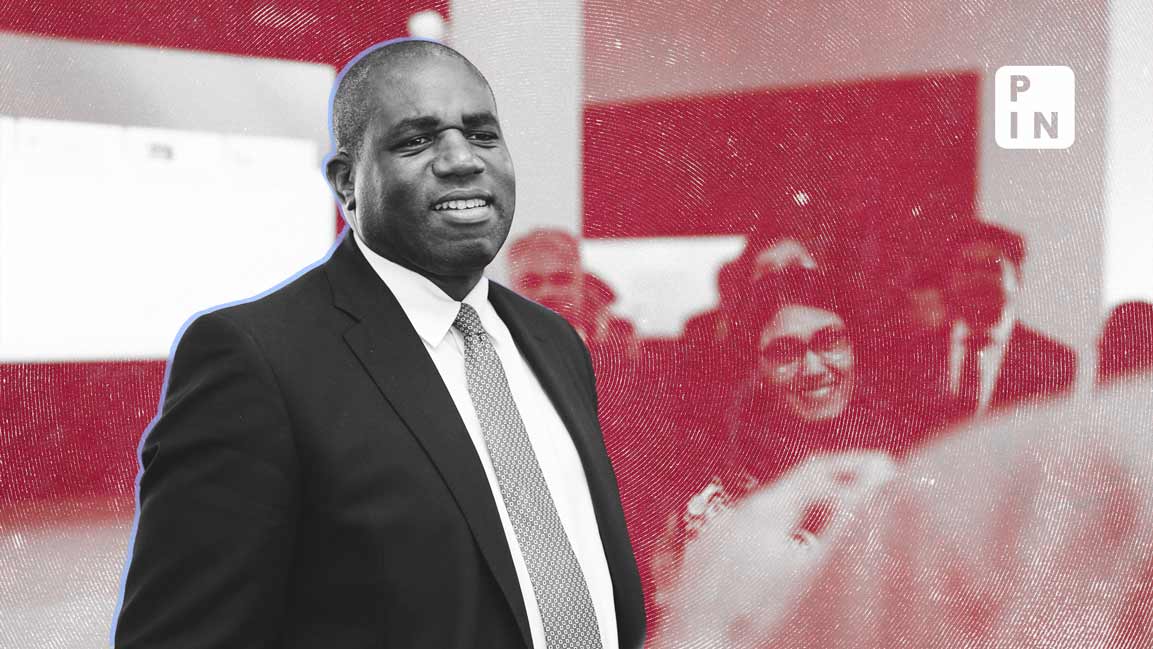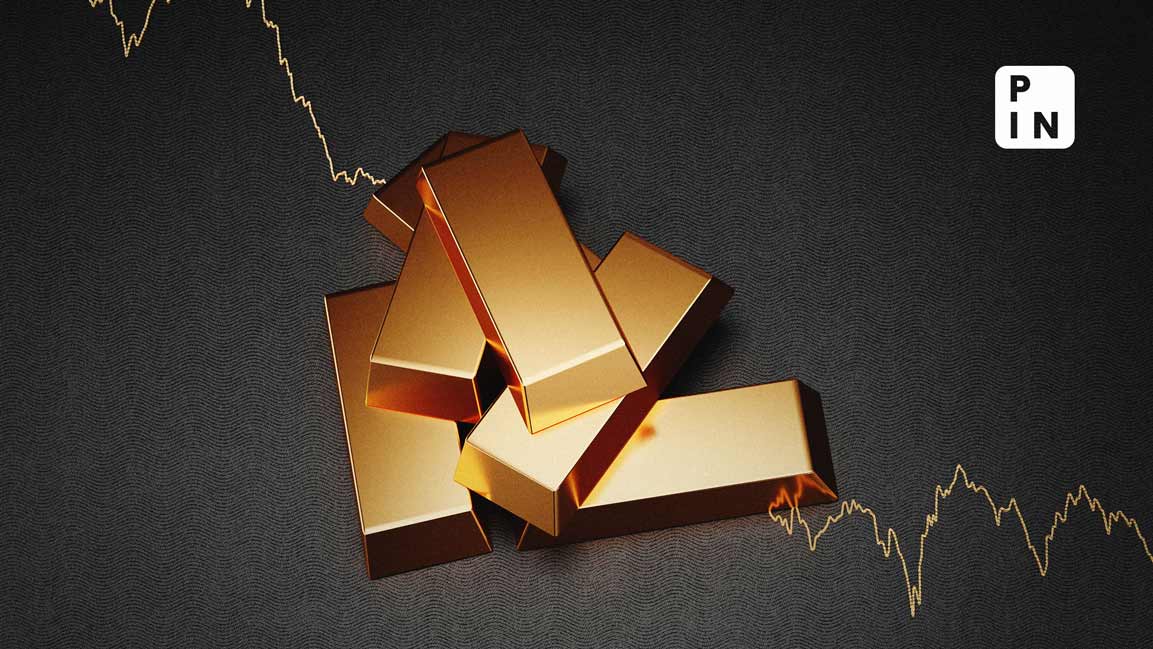- | 7:06 pm
Wholesale inflation surges to nine-month high in December
Merchandise trade deficit narrowed to $19.8 billion in December, with exports rising to $38.45 billion

India’s wholesale inflation rose to a nine-month high in December on surging food prices while the trade deficit narrowed to $19.8 billion, government data showed on Monday.
The Wholesale Price Index (WPI)–based inflation hit 0.73%, up from 0.26% in November, ministry of commerce and industry data showed.
After a period of seven months, the trend in wholesale prices shifted from deflation to inflation just last month.
“Positive rate of inflation in December is primarily due to increase in prices of food articles, machinery and equipment, other manufacturing, other transport equipment and computer, electronics and optical products,” the ministry said in a statement.
“The push to inflation is mainly from food articles, especially paddy, pulses and vegetables, which recorded an inflation of 9.38% in December,” Sunil Kumar Sinha and Paras Jasrai of India Ratings and Research (Ind-Ra), said in a note.
“Ind-Ra expects the wholesale inflation to rise further to 1.1% in January,” the analysts said, adding that they expect the Reserve Bank of India to maintain a pause in the policy rate over the short term as retail inflation is still beyond RBI’s comfort zone.
Retail inflation at 4-month high
Retail inflation surged to a four-month high of 5.69% in December against 5.55% in November, data released by the ministry of statistics and programme implementation on Fridayshowed.
Food price inflation at 9.53% was the primary reason behind the surge.
“Regardless of the moderation in food inflation in the ongoing month (January), the outlook for key food items like cereals and pulses is susceptible to upside risks stemming from the decline in kharif production. Moreover, prospects remain weak for rabioutput of certain crops like rice and pulses, mainly because ofthe year-on-year lag in sowing, especially in southern states where sowing progress has been slow due to lower reservoir levels compared to historical averages,” ICRA said in a note.
RBI governor Shaktikanta Das had warned in December that inflation could rise amid uncertainty in food prices, apart from an unfavorable base effect.
“Taking into account these factors, CPI (Consumer Price Index) inflation is projected at 5.4% for FY24, with Q3 at 5.6% and Q4 at 5.2%. Assuming a normal monsoon next year, CPI inflation for the first quarter of the next fiscal is projected at 5.2 %, 4% in the second quarter and 4.7% in the third quarter,” Das said.
Analysts expect a gradual easing of inflation in the coming months due to the kharif harvest and government interventions.
Factory output at 8-month low
Factory output, meanwhile, slipped to an eight-month low of 2.4% in November, down from 11.6% in October, data showed.
ICRA attributed the decline to changes in the base effect due to a shift in the festive calendar in 2023.
“In November, there were fewer working days due to changes in the festive calendar, which slowed the year-on-year growth of the Index of Industrial Production (IIP) to 2.4%, which was slightly higher than expectation of 2.2%. A broad decline was observed across sub-sectors: manufacturing growth dropped to 1.2% from 10.2%, electricity generation fell to 5.8% from 20.4%, and mining decreased to 6.8% from 13.1%,” ICRA added.
Trade deficit narrows
India’s merchandise trade deficit, meanwhile, narrowed to $19.8 billion in December against $23.14 billion a year ago, the commerce ministry said.
Exports growth entered positive territory in December after contracting in November.
Merchandise exports came in at $38.45 billion in December against $38.08 billion in the same month last year, while merchandise imports declined 4.9% year-on-year to $58.25 billion.













